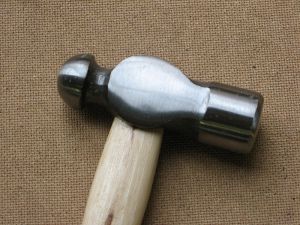
Jennifer Ackerfield, Herbarium Curator in the Biology Department, shows off specimens in the CSU collection. May 12, 2015. Image via J. Ackerfield.
Guest post from Colorado State University Herbarium Collections Manager Jennifer Ackerfield. She literally wrote the book on Colorado flora.
Botany is not dead, but this plant is: The importance of herbaria in the 21st century and beyond
Herbarium. For many, this one word invokes images of a dark, dusty place, a mortuary for plants you might say. But for me, it invokes images of carefully examining plant specimens for taxonomic studies, lively scientific debate, group collaborative efforts to key out difficult plants, and students talking and working and most of all learning.









